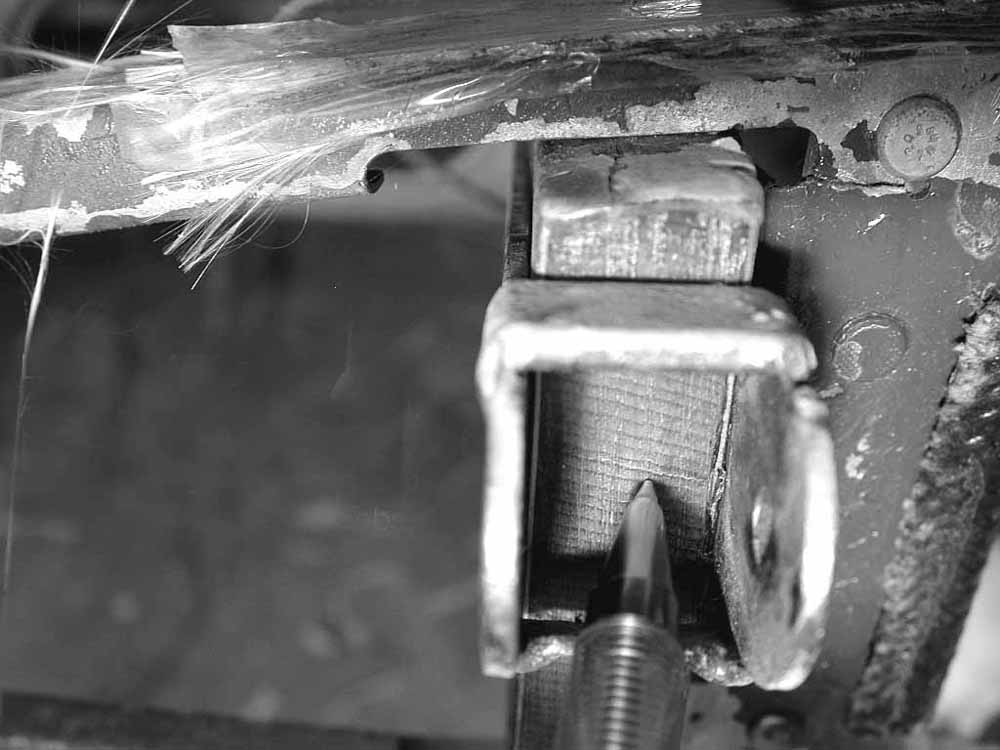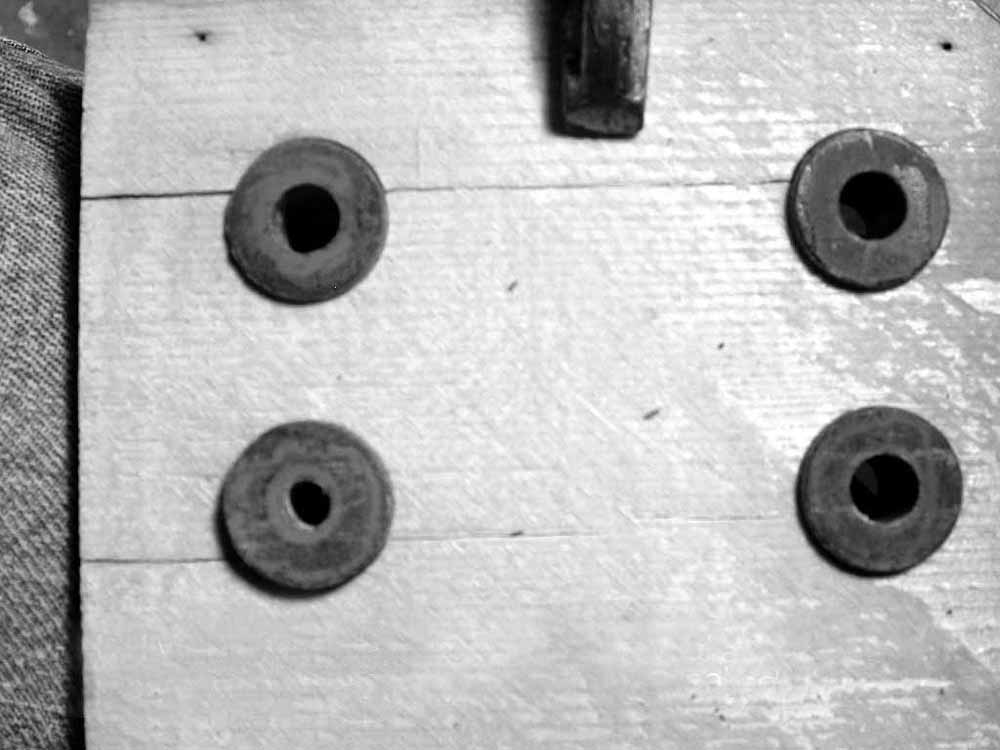AL 2001-05
2 December 2001
American Champion Aircraft Company Models 7AC, 7ACA, S7AC, 7BCM (L-16A), 7CCM (L-16B), S7CCM, 7DC, S7DC, 7EC, S7EC, 7FC, 7JC, 11AC, S11AC, 11BC, S11BC, 11CC, S11CC, 7ECA, 7GC, 7GCA, 7GCAA, 7GCB, 7GCBA, 7GCBC, 7HC, 7KC, 7KCAB, 8GCBC and 8KCAB
FAA Airworthiness Directive (AD) 2000-25-02R1 affects over a thousand aircraft on the Canadian register. Since it has been issued, several reports have been received concerning the effectiveness of the inspection techniques described in the AD and related referenced service information.
The submitter of one report had purchased a Champion Citabria Model 7ECA, which was in need of fabric re-cover. The AD was carried out coincidentally with the recovering process. This allowed easy access to the wing spars and the ability to use a strong light source along with a magnifying glass. With the fabric and leading edge removed, the AME discovered five compression type cracks on the right rear spar. Two of the cracks extended down through the spar along the edge of the wing lift strut attachment area plywood reinforcement plate, extending through approximately 40-50% of the wing spar width. All spars were then removed. No further defects or abnormalities were detected on the other spars. In the SDR, the submitter stated, "I feel that I would never have found any of these major problem areas using ordinary visual inspection methods. None of these cracks were visible until the varnish and in one case, the excess glue at the plywood plate, was completely removed and wire brushed."
Another report concerns an Aeronca model 7CCM-CONV. The AME was not confident that he would be able to effectively inspect the wing spars for compression cracks, even after cutting holes in the top wing covering as specified in the AD-referenced service letter. After removing the wings from the aircraft, and while using a high intensity halogen light in conjunction with a 10X magnifying glass, he found four longitudinal cracks emanating from three of the four spar butt ends. The AME noted that, with the wings installed on the aircraft, the attachment fittings would have obstructed viewing two of the four cracks that were discovered on the forward and aft spar butts (Fig. 1). The AME also noted that only one of the four cracks was visible to the naked eye prior to removing the accumulated dirt and sanding off the varnish. It is important to note that for all the cracks found on the Aeronca at the spar butts, none of the spar butt plywood reinforcement plates were cracked, giving a false impression of a crack-free spar if only viewed from the sides. The fabric and the metal leading edge cuffs were then removed to facilitate the rest of the spar inspection. After removing one of the butt end plywood reinforcement plates on the right forward wing spar, it became evident that the lower crack had progressed to the first wing attachment fitting bolt hole while the upper crack had progressed past the first wing attachment fitting bolt hole, carrying on to the second (Fig. 2).
Another submitter, upon determining that a previous left rear spar repair at the strut attachment on a Champion 7GCAA did not conform to applicable standards, chose to remove all fabric to allow for a better examination. He removed the repair strips covering the spar, revealing a crack originating from the top of the spar to the most outboard wing strut bushing hole. He found a total of three cracks but the interesting observation about the third crack was, as the submitter stated, "unless the nails are removed from the rib flange and the rib moved, detection of the crack is next to impossible".
AD 2000-25-02R1 references American Champion Aircraft Company (ACAC) Service Letter 406, Revision A, as a method to accomplish the inspection. The airworthiness directive and the service letter require inspection of the entire length of the forward and aft spars for cracks, and nail hole elongation. The service letter stated that the inspection method described is "considered an initial inspection only" and if there are any questionable findings, "further inspection through additional inspection holes is required." The service letter warns that "compression failures are often difficult to detect with the unaided eye." The service letter also emphasized that this inspection method is "inadequate for aircraft with wing damage history since last spar inspection." The referenced service letter, as well as numerous SDRs, contain warnings about how difficult it is to find cracks with the unaided eye.
Transport Canada recommends that, when carrying out AD 2000-25-02R1, AMEs should be extremely diligent when inspecting the wing spars due to the limitations of the prescribed inspection methods. When the AME complies with AD 2000-25-02R1, he has certified that he has inspected the entire length of the spar and has found no cracks.
Any defects or further occurrences should be reported by sending a Service Difficulty Report to Transport Canada, Continuing Airworthiness, Ottawa.
For further information, contact a Transport Canada Centre, or Mr. Robert Dixon, Continuing Airworthiness, Ottawa, telephone (613) 952-4308, facsimile (613) 996-9178 or e-mail dixonro@tc.gc.ca.
For Director, National Aircraft Certification
B. Goyaniuk
Chief, Continuing Airworthiness
Fig. 1 - Left wing AFT spar. Attachment bracket in situ. Note that the bracket will obstruct view of crack.
Fig. 2 - Right wing forward spar. Added strain reveals crack progression.

